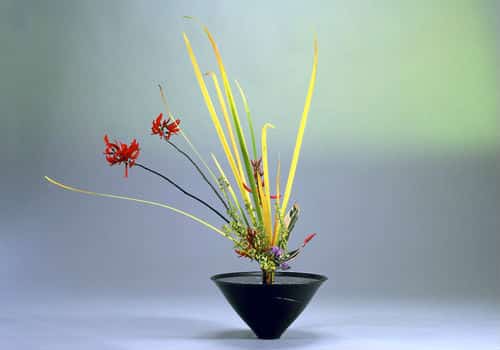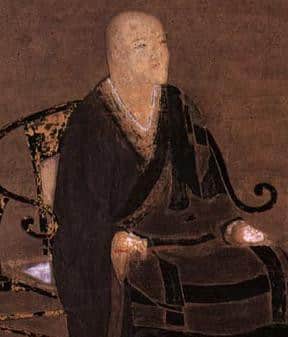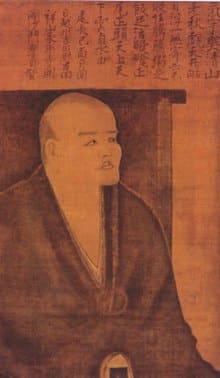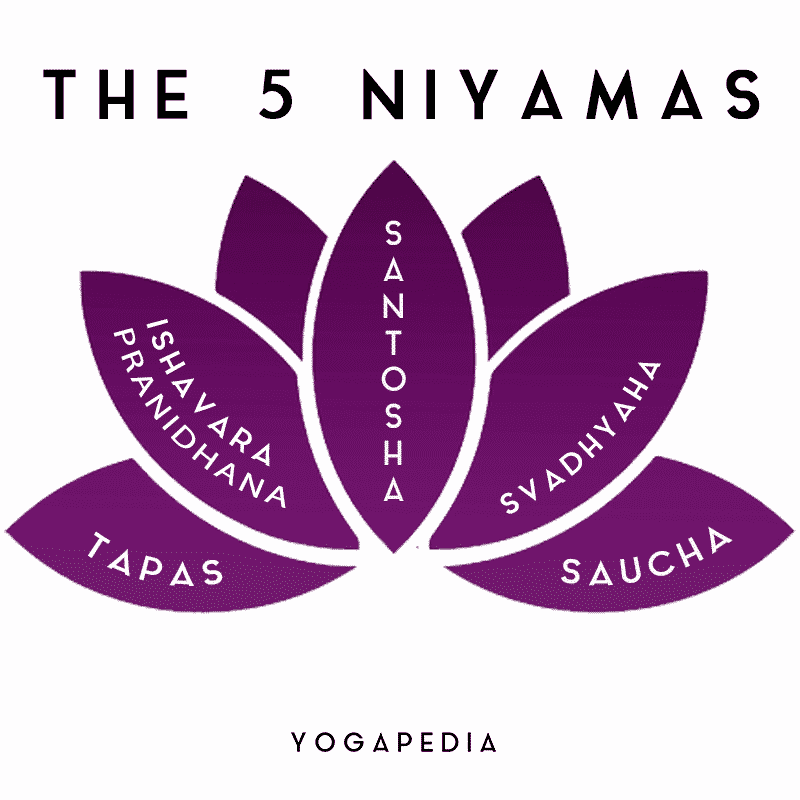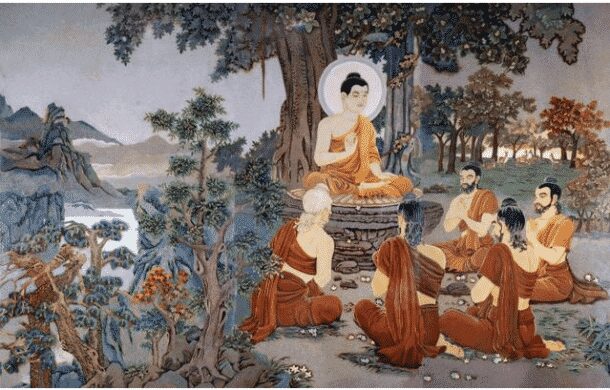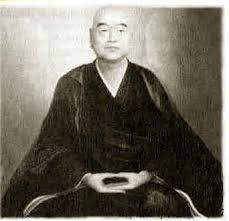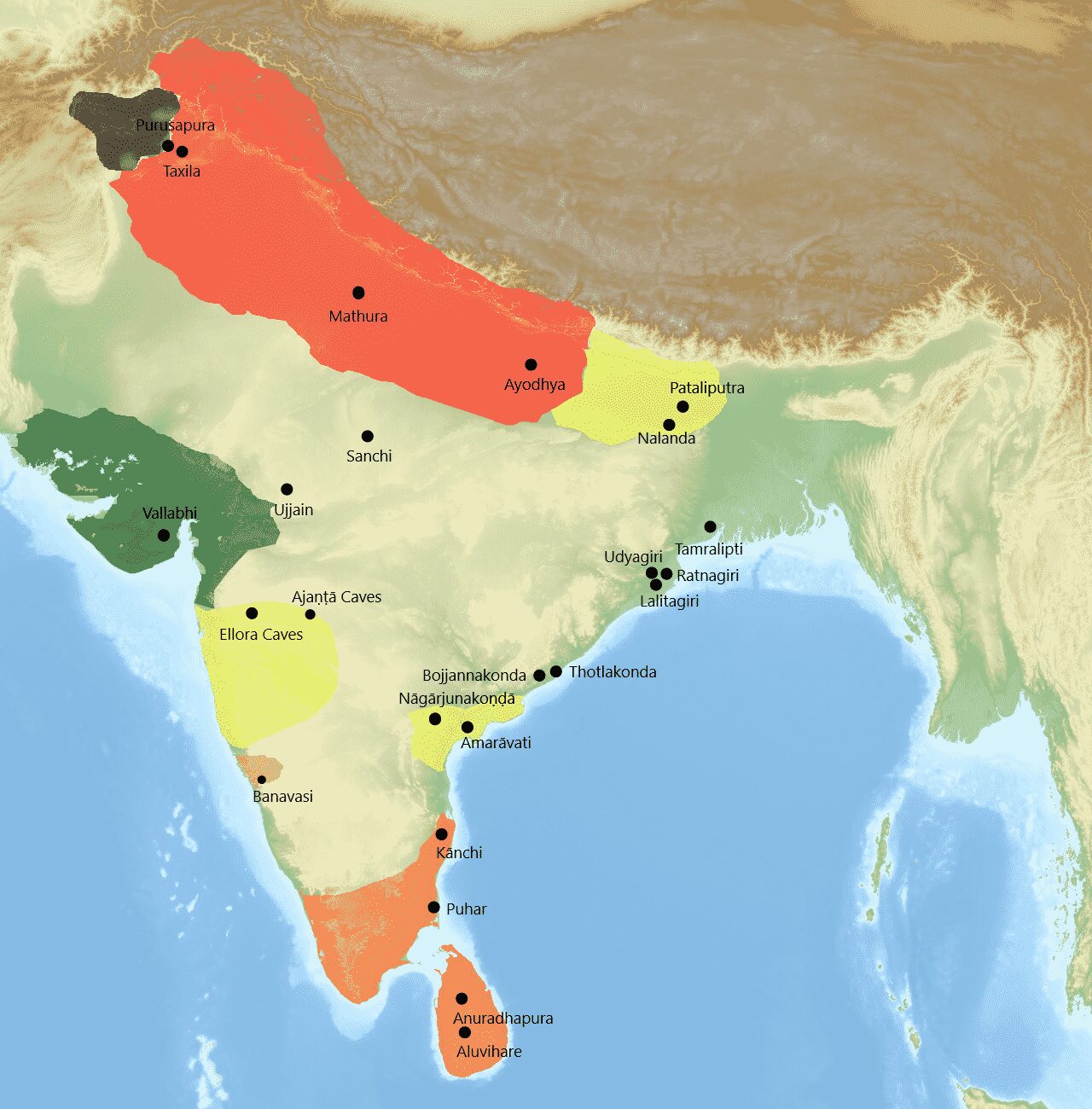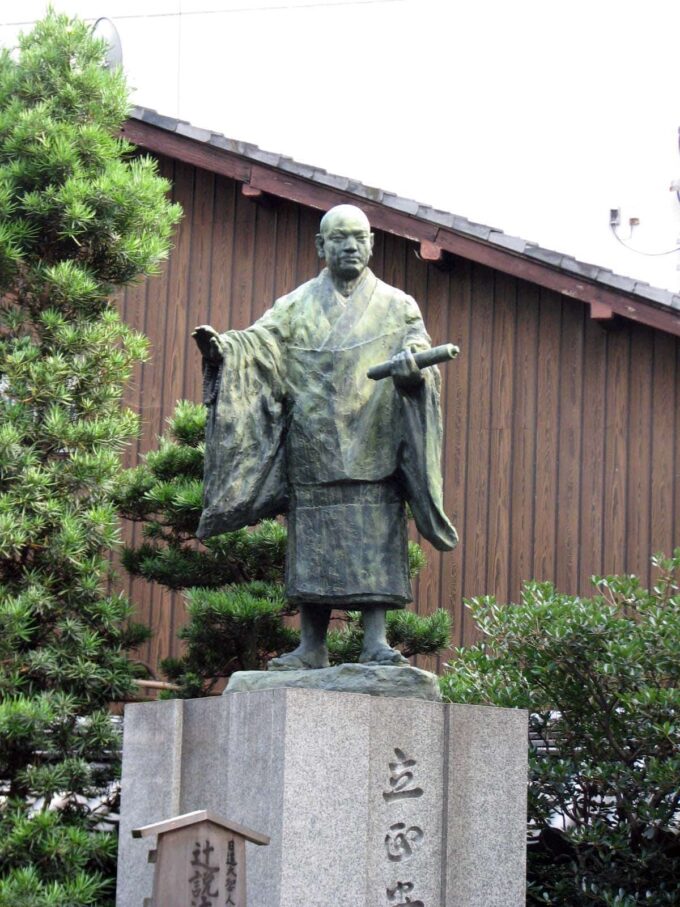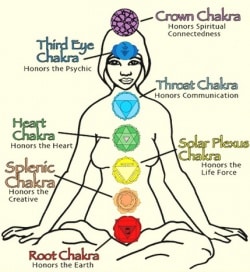Ikebana or kado is the beautiful, often strikingly minimalist, Japanese flower arrangement art. Ikebana means “giving life to flowers” and kado translates as “the way of flowers”. While flower …
Theravada Buddhism is sometimes called ‘Southern Buddhism’. The name means ‘the doctrine of the elders’ – the elders being the senior Buddhist monks. This school of Buddhism believes that …
Dogen was a prolific writer who captured his knowledge and experience of Zen Buddhism in a large body of texts. Shobogenzo (“Treasury of the Right Dharma Eye”), a spiritual …
Buddha taught there are five types of factors at work in the cosmos that cause things to happen, called the Five Niyamas. The ‘five niyamas’ are the five kinds …
The Buddha was a totally realized being who manifested a human birth in India in the fifth century B.C.E. in order to be able to teach other human beings …
Eihei Dogen, also known as Joyo Daishi or Kigen Dogen (19 Jan. 1200, Kyoto, Japan—22 Sept. 1253, Kyoto), was born into a family of the court nobility. At the age …
Anapanasati Sutta is the heart of Satipatthana, the heart of all four foundations of mindfulness. The Anapanasati Sutta is a discourse (sutta) that details the Buddha’s instruction on using …
Tibetan Buddhism, usually understood as including the Buddhism of Tibet, Mongolia, Bhutan and parts of China, India, and Russia, combines the essential teachings of Mahayana Buddhism with Tantric and Shamanic, …
Nichiren Buddhism is a Japanese Buddhist movement in the Mahayana tradition. Nichiren Buddhism differs from other schools of Buddhism in focusing on this world, and in its view that …
The term chakras or ‘cakras’ is sometimes translated as ‘channel-wheels’ or `cycles` The chakras are energy centers associated with particular parts of the body, and are considered an interface …
